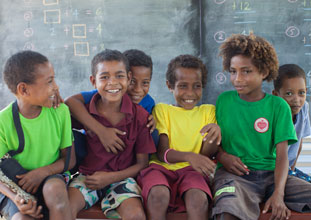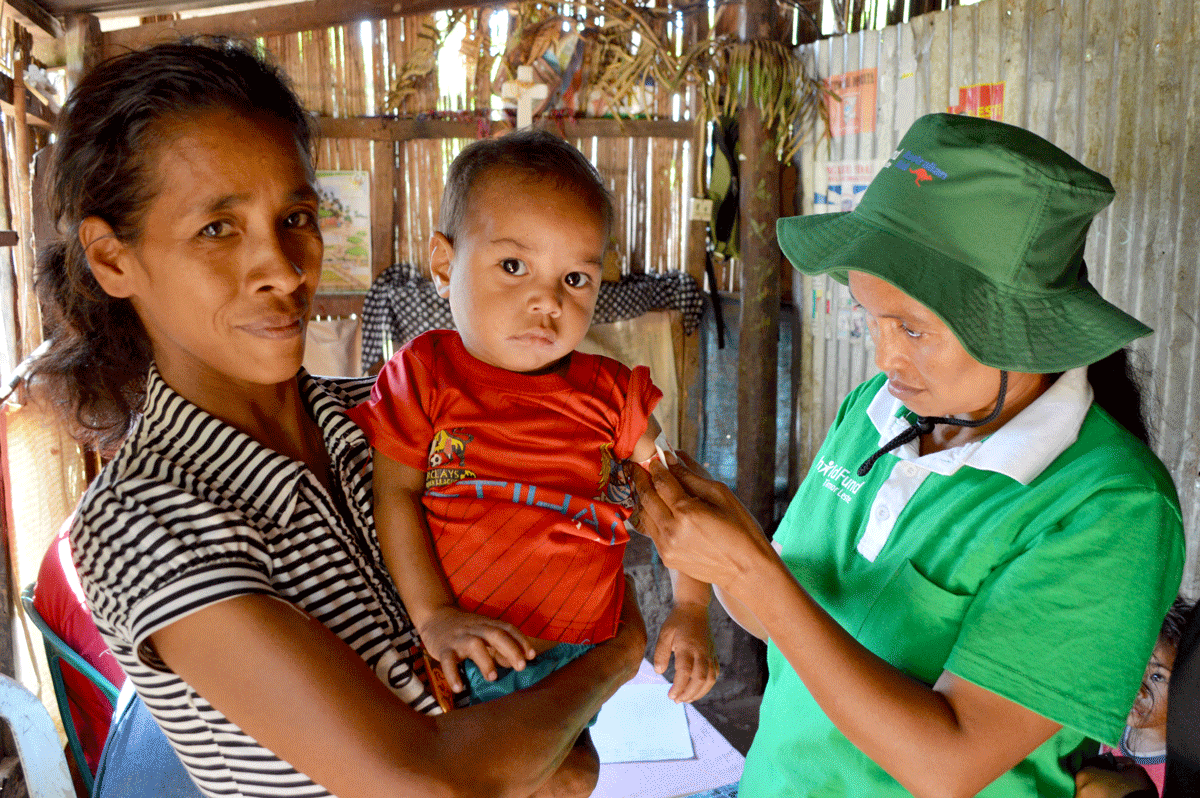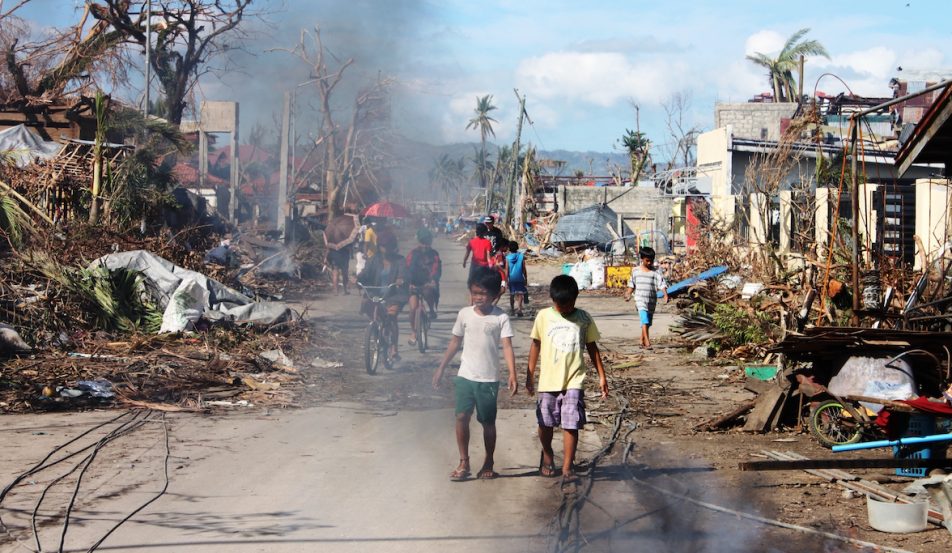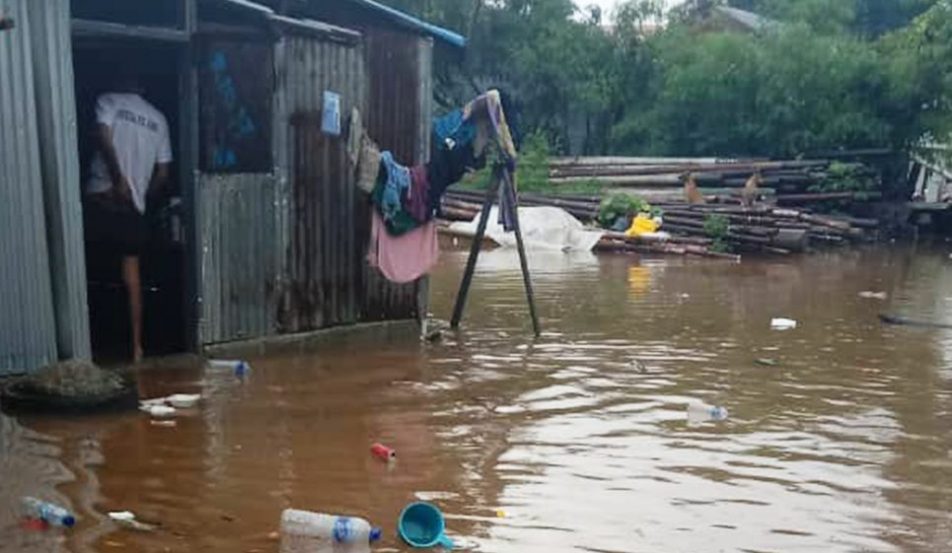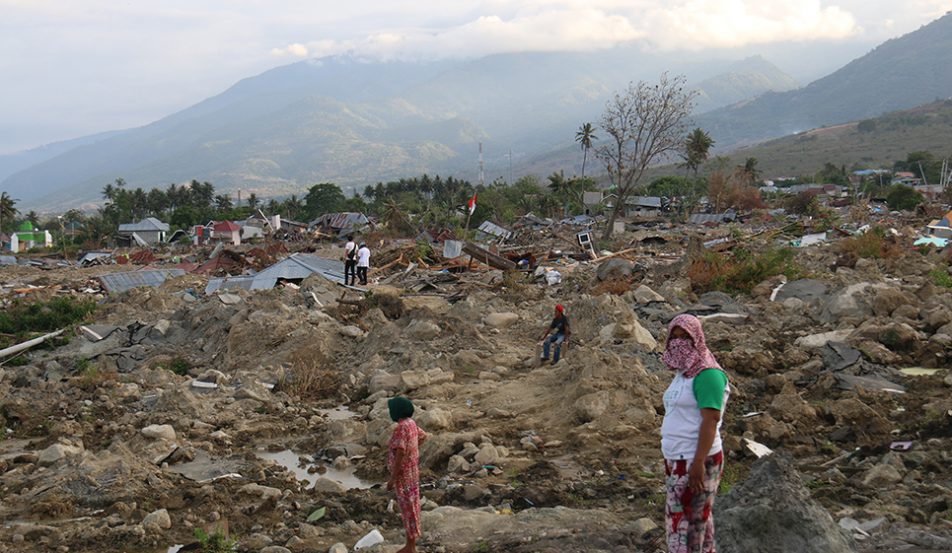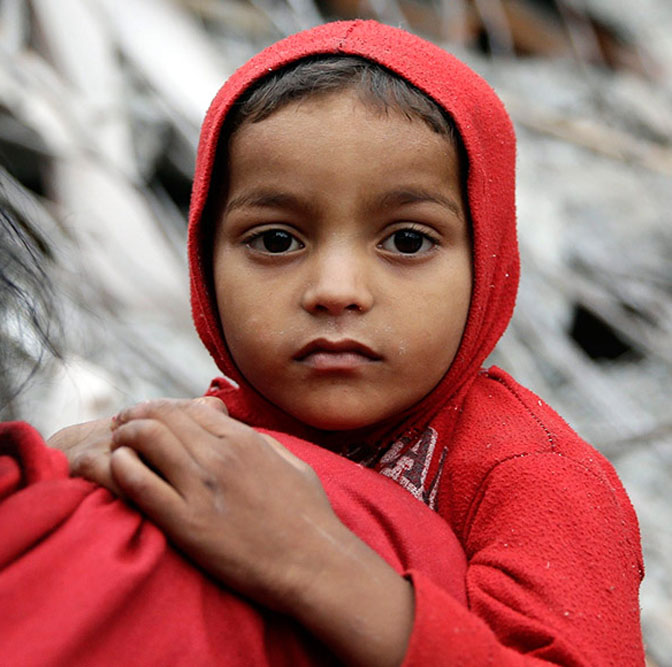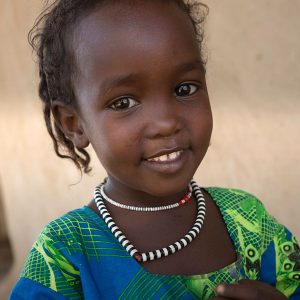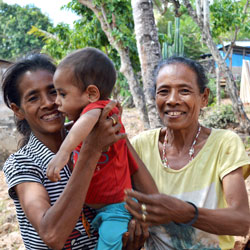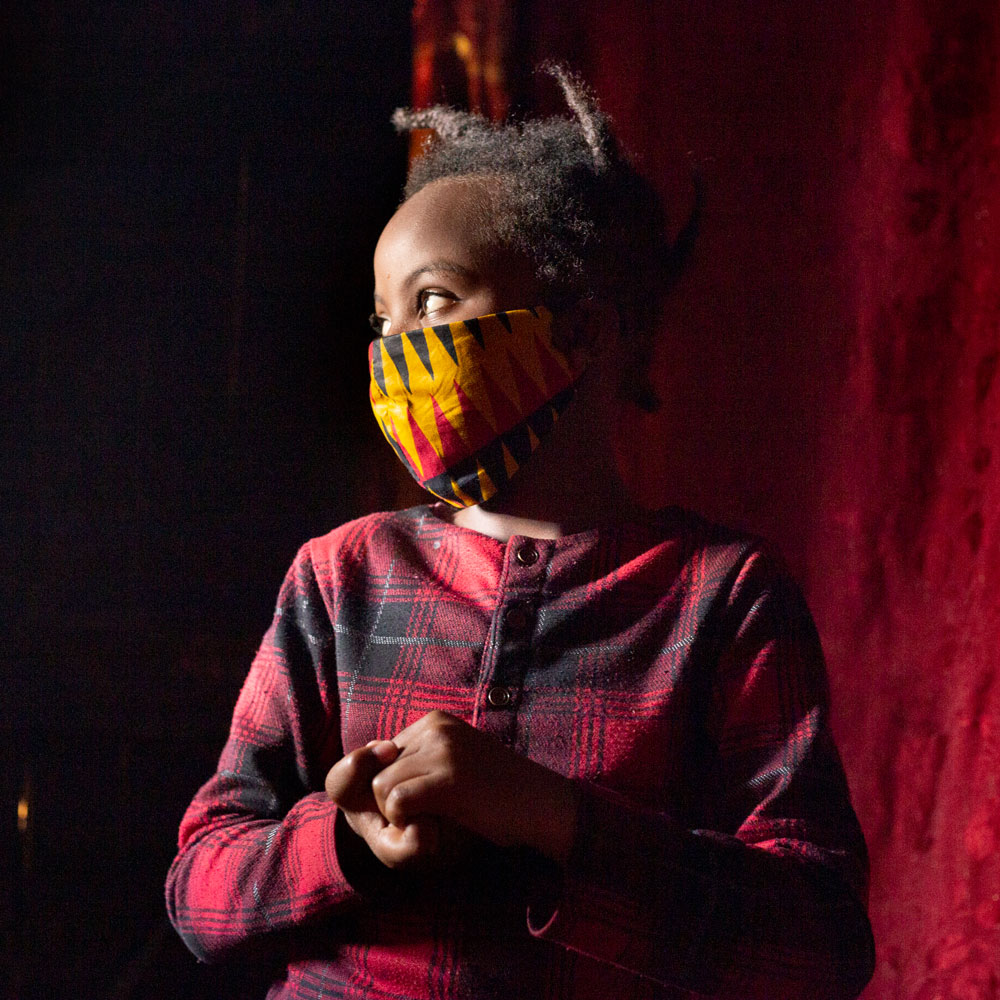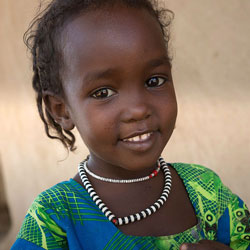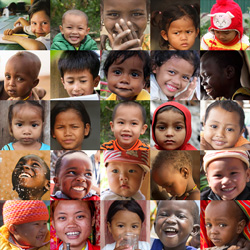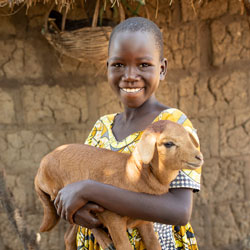ChildFund responds to Nepal earthquake
A powerful 7.8 magnitude earthquake rocked Nepal just before midday on Saturday, 25 April, killing hundreds of people, collapsing homes and historic temples, and triggering avalanches on Mt Everest.
As of this morning, 26 April, more than 1,400 people have been confirmed dead by Nepal`s Ministry of Home Affairs. This figure is expected to increase as more bodies are uncovered from the rubble.
The epicentre of the quake was in Lamjung, about 80km northwest of the capital, Kathmandu. Fourteen aftershocks were reported with the intensity ranging from 4.6 to 6.6 in magnitude. According to the UN, it was the worst earthquake to strike the country in more than 80 years.
“The reports of the devastation are still coming in and the numbers of people killed, injured and affected by this earthquake continue to rise,” said UN Secretary-General Ban Ki-moon in a statement today. “It is clear that very many lives have been lost. There has also been significant damage to Nepal`s irreplaceable cultural heritage.”
UN OCHA estimates more than 6.6 million people are affected by the earthquake. Initial government reports confirm that 30 out of 75 districts in the country have been affected, about 40 per cent of the country. The earthquake was also felt across the region €“ India, Tibet, China and Bangladesh.
“There is an urgent need for food, water, medicine and shelter,” says Mariko Tanaka, ChildFund’s country director in Nepal. “Currently there is no electricity. Communication lines are also down. Many people have been displaced from their homes and have spent the night out in the open. There are many people injured and hospitals are unable to handle the situation.”
ChildFund, which has been working in Nepal for 20 years, is responding in Sindhupalchok district, one of the worst-affected areas. Initial reports from our partner staff estimate 80 per cent of mud houses in the communities have been destroyed. Children and families are now staying out in the open and need immediate assistance.
“Our primary concern is for the care and protection of children affected by this terrible disaster,” says ChildFund Australia CEO Nigel Spence. “We are working with our colleagues in Nepal to ensure the immediate needs of children are met. Our team on the ground is conducting a rapid assessment so that our response can get underway.”
